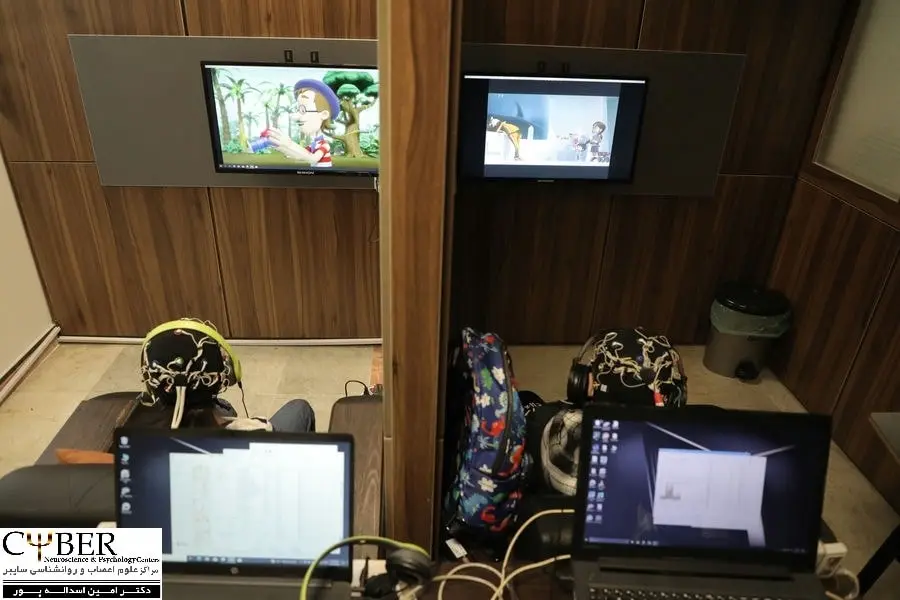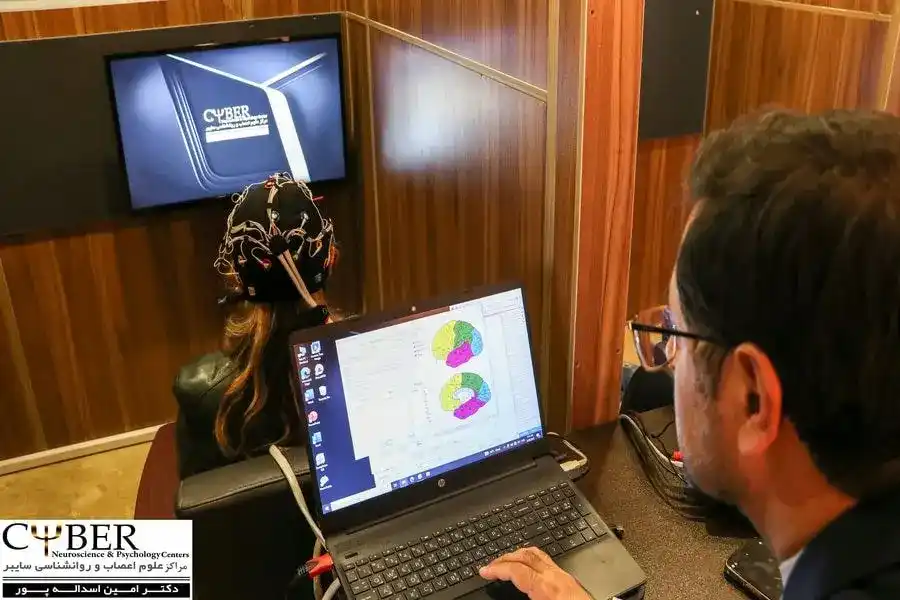Hyperactivity: symptoms, causes, and diagnosis
Hyperactivity is a condition that affects many children and adults. It is characterized by excessive levels of activity, impulsiveness, and a lack of attention. In this article, we will discuss the symptoms, causes, types, and diagnosis of hyperactivity.
Hyperactivity disorder is a neurodevelopmental disorder that affects people of all ages, but it is usually diagnosed in childhood. In this article, we have explained everything you need to know about this disorder.
types of Hyperactivity
There are several different types of hyperactivity, each with its own set of symptoms and diagnostic criteria. Some of the most common types of hyperactivity include:
- Attention Deficit Hyperactivity Disorder (ADHD) – characterized by a combination of inattention, hyperactivity, and impulsivity.
- Hyperkinetic Disorder (HKD) – similar to ADHD, but with more pronounced hyperactivity and impulsivity.
- Hyperactive-impulsive type – a subtype of ADHD that is characterized by hyperactivity and impulsivity, but without significant symptoms of inattention.
- Combined type – a subtype of ADHD that includes symptoms of both inattention and hyperactivity-impulsivity.
- Restless Legs Syndrome (RLS) – a neurological disorder that causes an irresistible urge to move the legs, often accompanied by sensations of tingling or crawling.
Symptoms of Hyperactivity
The symptoms of hyperactivity can vary from person to person, but some of the most common symptoms include:
- Inability to sit still or stay focused
- Excessive talking or interrupting others
- Difficulty waiting for one’s turn
- Engaging in risky behavior without thinking about the consequences
- Forgetfulness or disorganization
- Difficulty completing tasks or following through on instructions
These symptoms can be disruptive to daily life and can interfere with a person’s ability to function at home, school, or work.
Causes of Hyperactivity
The exact causes of hyperactivity is not fully understood, but it is believed to be the result of a combination of genetic and environmental factors. Research has shown that this disorder tends to run in families, suggesting that there may be a genetic component to the condition.
Environmental factors such as exposure to toxins, poor nutrition, and a lack of physical activity may also play a role in the development of this disorder. Additionally, some studies have suggested that certain food additives, such as artificial colors and preservatives, may contribute to hyperactivity symptoms in some individuals.
Treatment Options for Hyperactivity
There are several treatment options available for this disorder, including LORETA, medication, therapy, and lifestyle changes.
Hyperactivity Treatment with LORETA Neurofeedback

This disorder can be a challenging condition to manage, but recent research has shown that LORETA neurofeedback may be an effective treatment option for individuals with hyperactivity. In this article, we will explore what LORETA neurofeedback is, how it works, and its potential benefits for treating hyperactivity.
What is LORETA Neurofeedback?
LORETA neurofeedback is a type of neurofeedback therapy that uses low-intensity electrical signals to stimulate specific areas of the brain. The therapy is based on the principle that the brain can learn to regulate its own activity patterns, and that by providing feedback on brain activity, individuals can learn to control their own brain function.
Unlike traditional neurofeedback, which provides feedback on the overall electrical activity of the brain, LORETA neurofeedback provides feedback on specific regions of the brain that are associated with certain behaviors or functions.
How Does LORETA Neurofeedback Work?
LORETA neurofeedback works by placing electrodes on the scalp to measure the electrical activity of the brain. This information is then fed into a computer program, which uses algorithms to identify patterns of brain activity that are associated with this disorder.
The computer program then provides feedback to the individual in real-time, using visual or auditory cues. The individual is trained to modify their brain activity patterns in response to the feedback, with the goal of promoting more balanced brain function.
Benefits of LORETA Neurofeedback for Hyperactivity
Several studies have shown that LORETA neurofeedback can be effective option for individuals with this disorder. Some of the potential benefits of LORETA neurofeedback for this disorder include:
- Improved attention and focus
- Reduced impulsivity and hyperactivity
- Better self-regulation and emotional control
- Improved academic and social functioning
In addition, LORETA neurofeedback is a non-invasive and non-pharmaceutical treatment option, which may be appealing to individuals who prefer to avoid medication or who have not responded well to other forms of treatment.
Medication
Stimulant medications such as methylphenidate (Ritalin) and amphetamines (Adderall) are often prescribed to help manage hyperactivity symptoms. These medications work by increasing the levels of certain chemicals in the brain that are involved in regulating attention and impulse control.
Therapy
Behavioral therapy can also be effective in treating this disorder. This type of therapy focuses on teaching individuals new behaviors and skills to help them manage their symptoms. Cognitive-behavioral therapy, which helps individuals change negative thought patterns and beliefs, can also be helpful.
Lifestyle changes
Making certain lifestyle changes can also help manage hyperactivity symptoms. These include:
- Eating a healthy diet that is low in sugar and artificial additives
- Getting regular exercise and physical activity
- Getting enough sleep each night
- Establishing a consistent routine and schedule
- Limiting screen time and other activities that can overstimulate the brain
Diagnosis of Hyperactivity

Hyperactivity is typically diagnosed by a healthcare professional, such as a doctor or psychologist. The diagnosis process may involve a physical exam, a review of the individual’s medical history, and a comprehensive evaluation of their symptoms.
To receive a diagnosis of hyperactivity, an individual must display several of the common symptoms of the condition and these symptoms must be persistent and interfere with their daily life. It’s important to note that this disorder can co-occur with other conditions, such as anxiety or depression, and a healthcare professional will work to rule out other possible causes of the individual’s symptoms before making a diagnosis.
Managing Hyperactivity in Children
This disorder is most commonly diagnosed in children and can be particularly challenging for parents and caregivers to manage. In addition to medication and therapy, there are several strategies that parents can use to help their child manage their hyperactivity symptoms:
- Creating a calm and structured environment at home, with consistent routines and rules
- Breaking down tasks into smaller, more manageable steps
- Providing positive reinforcement and rewards for good behavior
- Encouraging physical activity and exercise
- Providing healthy snacks and meals that are low in sugar and artificial additives
It’s important for parents to work closely with their child’s healthcare provider to develop an individualized treatment plan that meets their child’s unique needs.
Managing Hyperactivity in Adults
While this disorder is commonly thought of as a childhood condition, it can also affect adults. In fact, many individuals with hyperactivity may not receive a diagnosis until adulthood.
Treatment for this disorder in adults may include medication, therapy, and lifestyle changes, as well as accommodations in the workplace or at school. It’s important for individuals with hyperactivity to work closely with their healthcare provider and to develop a comprehensive treatment plan that addresses their specific needs.
Conclusion
Hyperactivity can be a challenging condition to manage, but LORETA neurofeedback may offer a promising treatment option for individuals with this disorder. By providing feedback on specific regions of the brain associated with this disorder, LORETA neurofeedback can help individuals learn to regulate their own brain function and improve their symptoms.
If you or someone you know is struggling with any types of hyperactivity, talk to a healthcare professional to learn more about LORETA neurofeedback and other treatment options that may be available. For more information on the causes and diagnosis of hyperactivity, follow our twitter page at:
